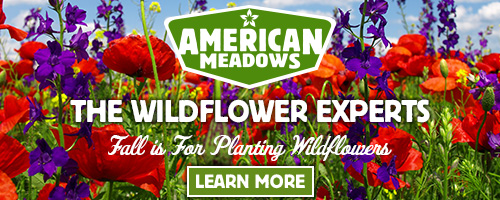Alliums for Everyone, Saving Herbs, Vines for Fall Color, and Scotland Garden Tour Slideshow

It’s October and time for our New England zone 5 garden and landscape to be ablaze in color. Because of the drought this late summer and fall, the colors aren’t as dynamic as usual and many leaves have dropped from the trees already. But there still is plenty of color around to enjoy! I’m always amazed at how daily the colors of tree and shrub leaves change this time of year. The weather has been generally warmer than normal for fall, but cold enough to spur the colors to form.
One of our fall chores is planting spring flowering bulbs. Because it’s been so dry and warm, I’m going to wait until the end of this month to plant, but that doesn’t mean I have to wait to shop. Purchase bulbs now to be ready for planting in a few weeks. One bulb group I like is the alliums. These flowering onions come is so many different sizes and they’re trouble free. Learn more about growing alliums in this newsletter.
Another task of fall is deciding what to save and what to let go. Every year we bring in some potted herbs to overwinter in a sunny window in our home. We’ve learned, over the years, which herbs are easiest to save this way. I talk about those herbs and the best way to bring them indoors without bringing in pests as well.
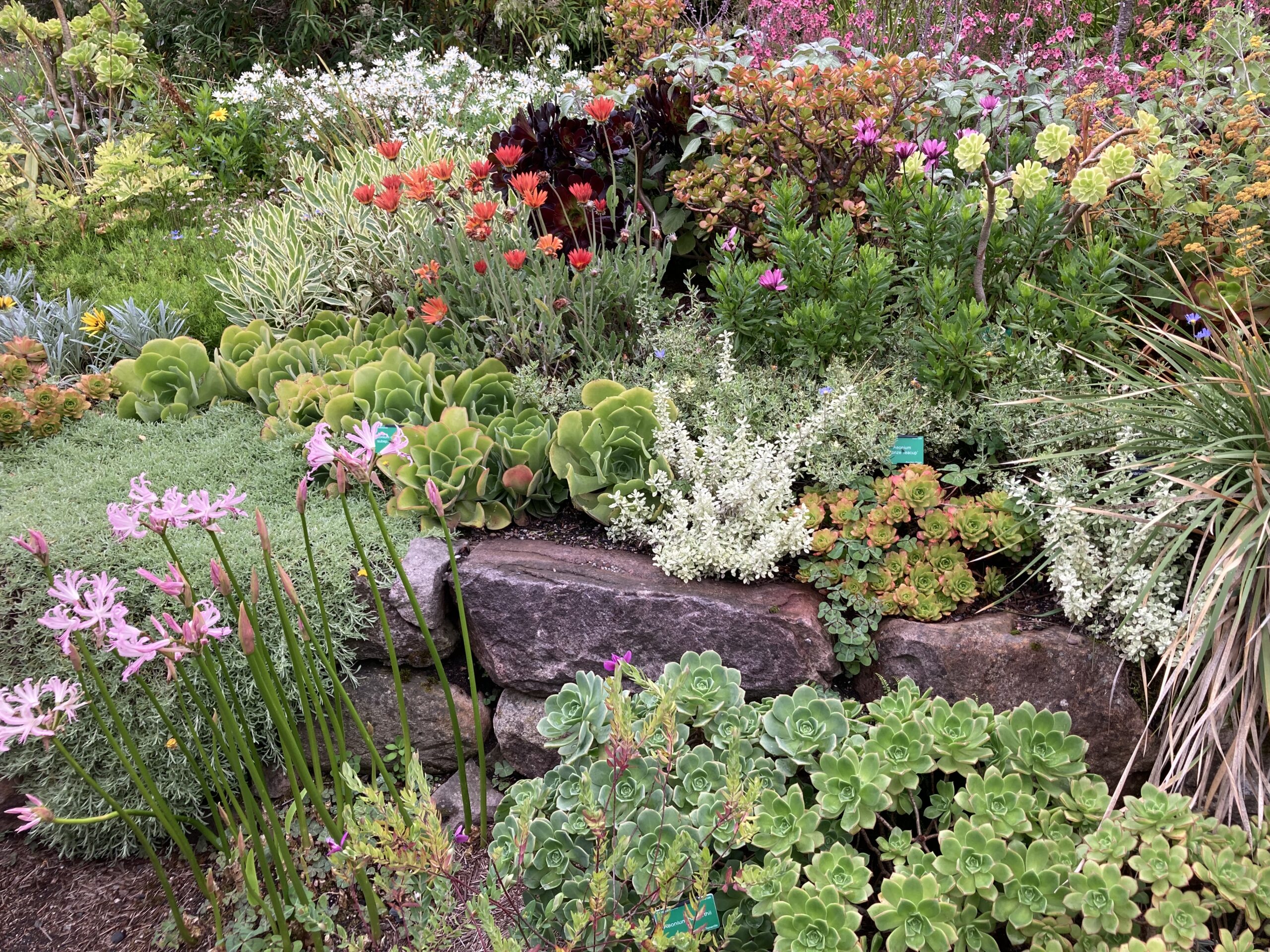
Many gardeners look for trees and shrubs to plant in their yards for fall color. That’s a great idea and there are many native plants that fit the bill. However, don’t forget vines. There are some hardy vines that will color up well and be stunning as they climb up walls and over dead trees. Learn more my favorite woody vines for fall color here.
Finally, many of you may know I recently lead a Castles and Gardens Tour of Scotland. It was fantastic. Some of you were on the trip with me. Thanks. We saw an amazing array of gardens from small postage stamp yards to hugs estates and castles. The gardens were looking great and the best part was meeting and chatting with the garden owners. It gave us a great appreciation of what it’s like gardening in Scotland. Of course, we also visited a Highland game, many pubs and saw lots of beautiful natural scenery. Check out my short slide show here of our garden tour.
Also, remember to check out my monthly garden blog I write for Proven Winners called What’s Up North. The October blog features perennial flowers and shrubs that add to the colorful fall foliage show. Check out my blog on Color Up for Fall and learn about the best perennials and shrubs for fall color, whether it be from the foliage or the flowers.
Until next time I’ll be seeing you, in the garden.
Charlie
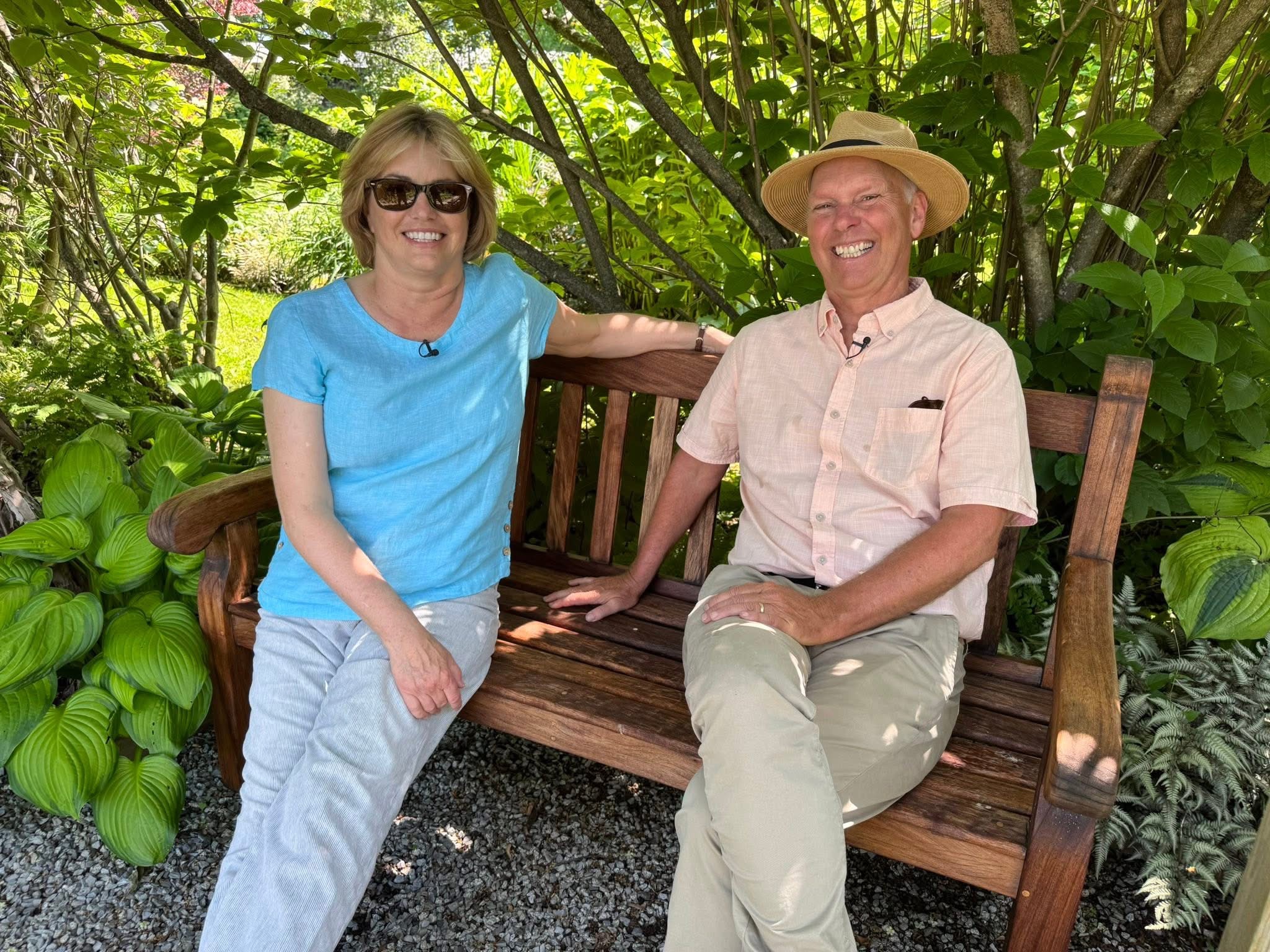
Where to Find Charlie: (podcasts, TV and in-person)
- In the Garden (WCAX-TV CBS) – This week: Harvesting Tomatoes for Winter
- All Things Gardening on Vt Public Radio– This week: Gardening Q/A: Checking Lilacs, Asparagus Seedlings, Dear Eating Pears and more
- WJOY In The Garden Podcast– This week: Pruning Forsythia, dividing peonies, trimming sage, harvesting butternut squash, over wintering pepper plants and more
- Where’s Charlie Speaking? 10/9: Amherst NH Garden Club- Houseplants
How to Grow: Alliums
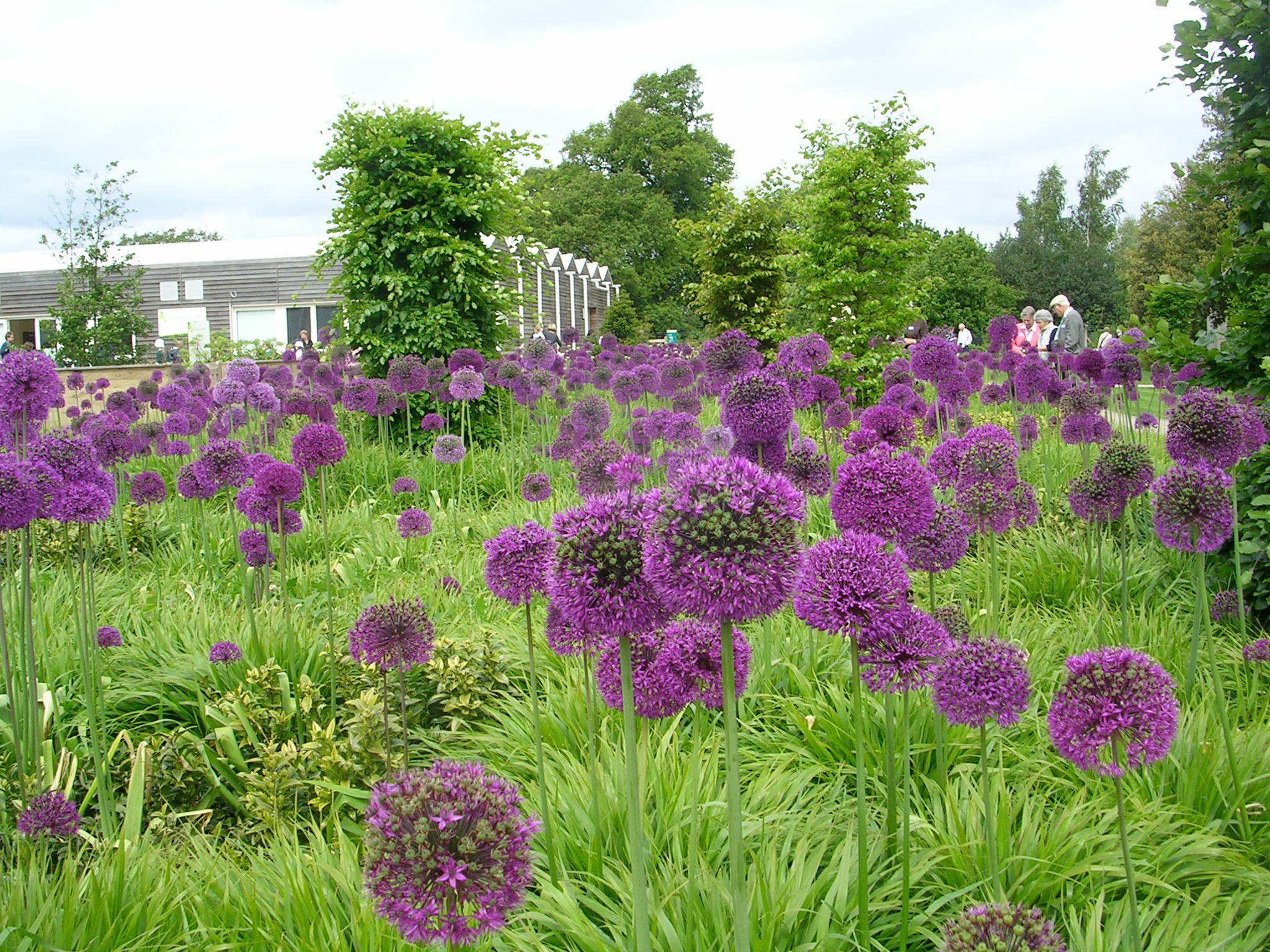
One of the questions I always get about spring flowering bulbs is how do I protect them from animals? While there are some tricks you can use, my go to method is to grow bulbs that the animals don’t like to eat. One of them is alliums. Not only do deer, mice, and rabbits avoid this bulb, it’s a beauty in the garden.
Alliums have the benefit of blooming in late spring. They are a great way to extend the spring flower show and finish it with a bang. There is a wide range of allium types to grow. ‘Gladiator’ and ‘Globemaster’ are large flowering beauties that stand 3 feet tall with up to 8 inch diameter, purple flower heads.They look great planted en mass. For some unusual alliums, try ‘Star of Persia’. This allium also has large flowers but the color is more subtle. The blooms are star-shaped, silvery-purple flowers that last into summer in the garden. Also, Allium schubertii grows 20 inches tall with large flowers that look like spiders on the plant. It’s also called the tumbleweed onion for its wild look. For drumstick-type alliums with smaller, but also colorful flowers, try the ‘Starry Night Collection’. This features Allium atropurpureum and Allium nigrum. These are red and white, respectively, colored, small flower heads that add a more subtle touch to any flower border. There are even 1 foot tall alliums with colorful flowers of purple, white, red and yellow and loose heads. Try the Rainbow Allium Mix in your garden.
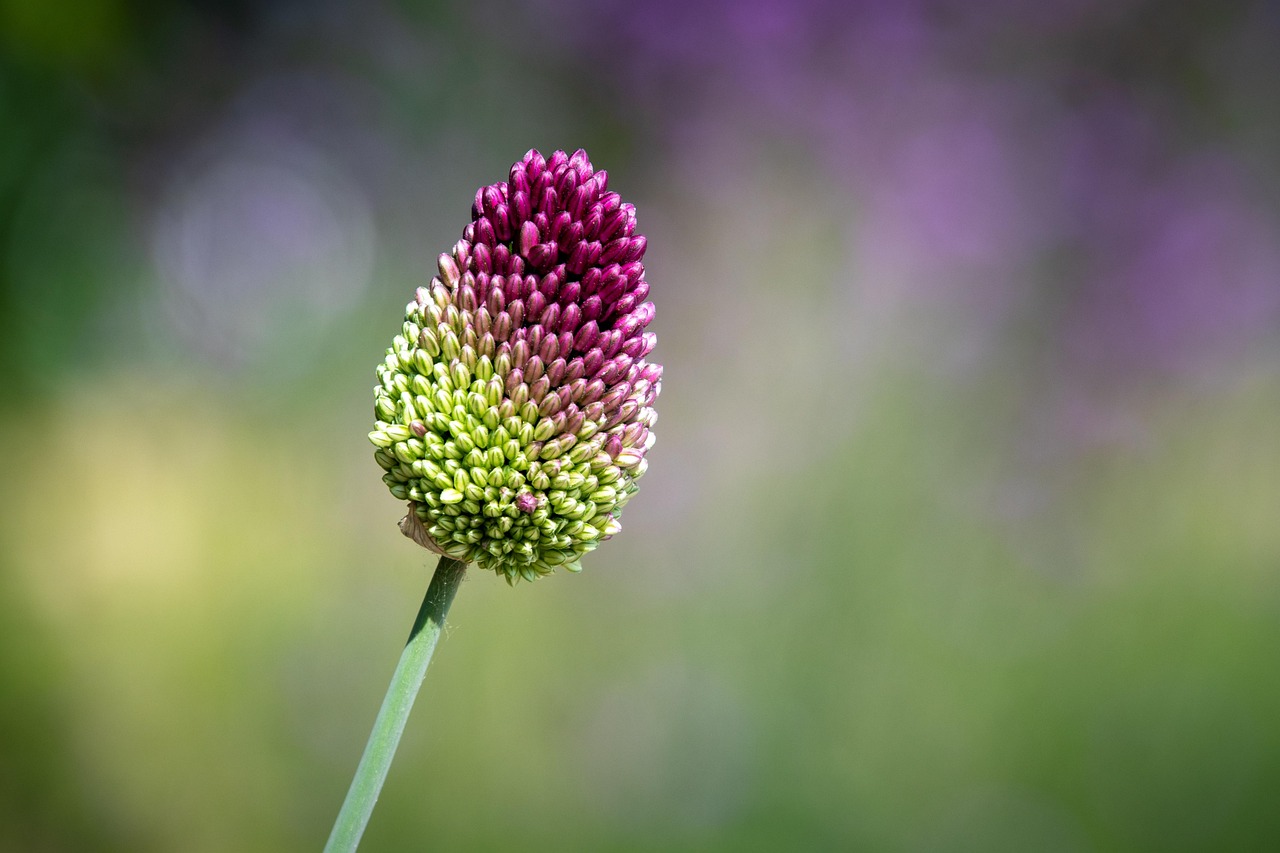
Plant alliums when you’d plant daffodils, tulips and other spring flowering bulbs. Because mice, voles and chipmunks avoid these pungent bulbs, plant them with tulips and other bulbs animals do like. It will confuse the animals and hopefully protect your bulbs. Because they flower in late spring and early summer, think of perennial flowers that also will be blooming then and partner your bulbs with them. Salvias, geraniums and irises are some good choices.
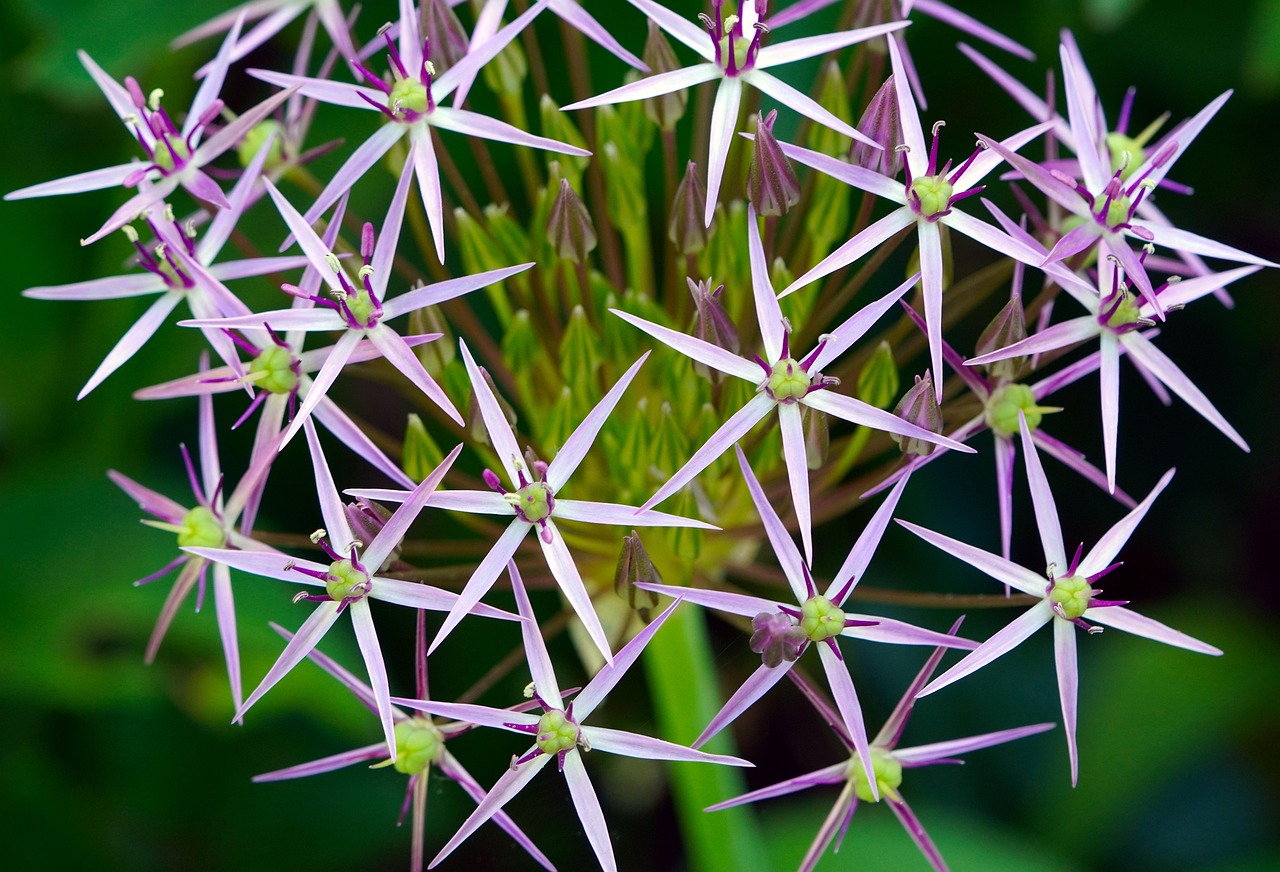
Another benefit of alliums is once the flowers fade, the structure of the flower head is still interesting. I know many gardeners who leave the allium heads in the garden into summer to add another texture and shape to their plantings. Some even spray paint the flower heads a bright blue, red or yellow to spotlight them. I’m not a big fan of the sprays, but if it makes you happy, go for it. After the foliage fades, you can cut them back to the ground. Alliums come back faithfully every year in our garden and spread over time. I’m always surprised when they pop up through the early summer flower foliage.
Read or listen to more about growing Alliums here
Saving Herbs
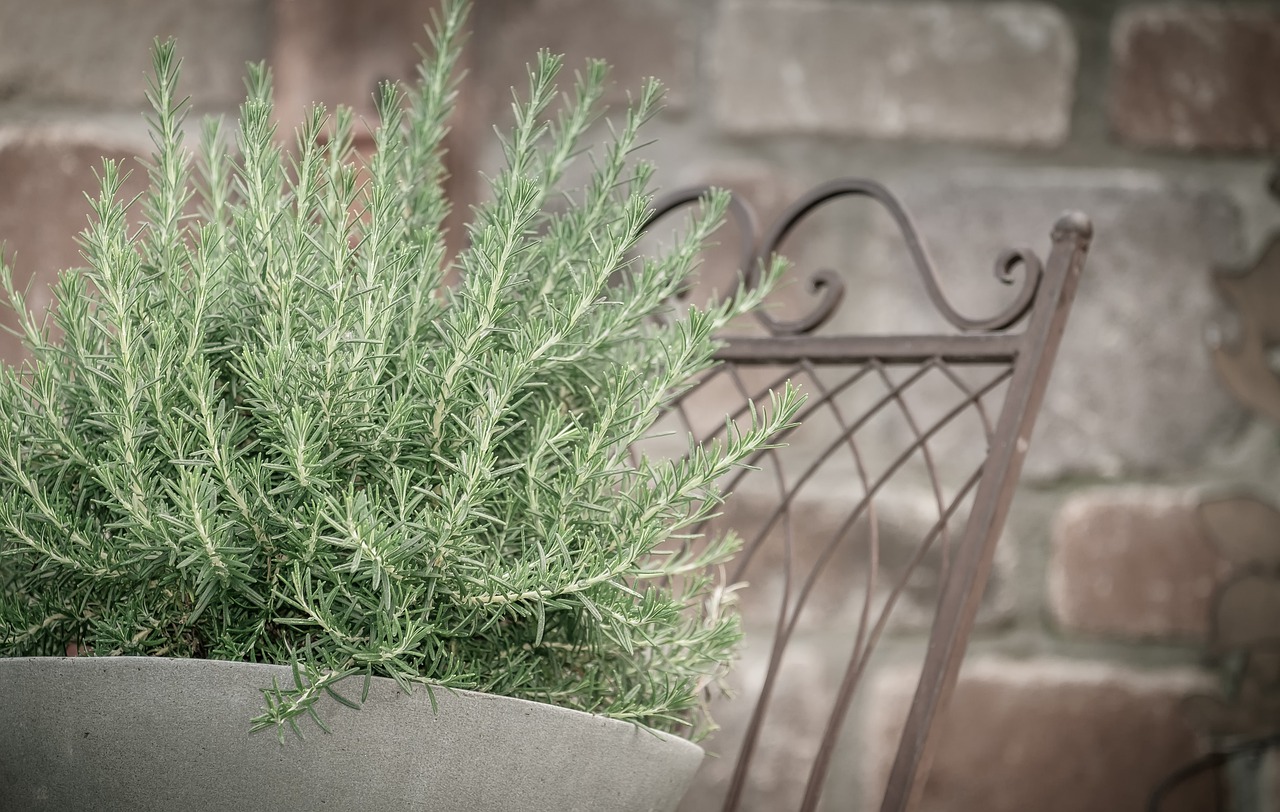
Its hard to let go of the garden come fall, but not everything has to go dormant. There are many culinary herbs that are easily grown in pots and can be brought in for winter to be enjoyed. You can also harvest seeds of many culinary herbs for use in winter.
Some of the best herbs to harvest for seed include chives, cilantro, dill and fennel. Of course, you do have to plan to let them go to seed. If you do, you can harvest the seed heads before they start dropping their seeds, Place the seed heads in a brown paper bag to finish drying and them store them in glass jars in a dark, room temperature location.
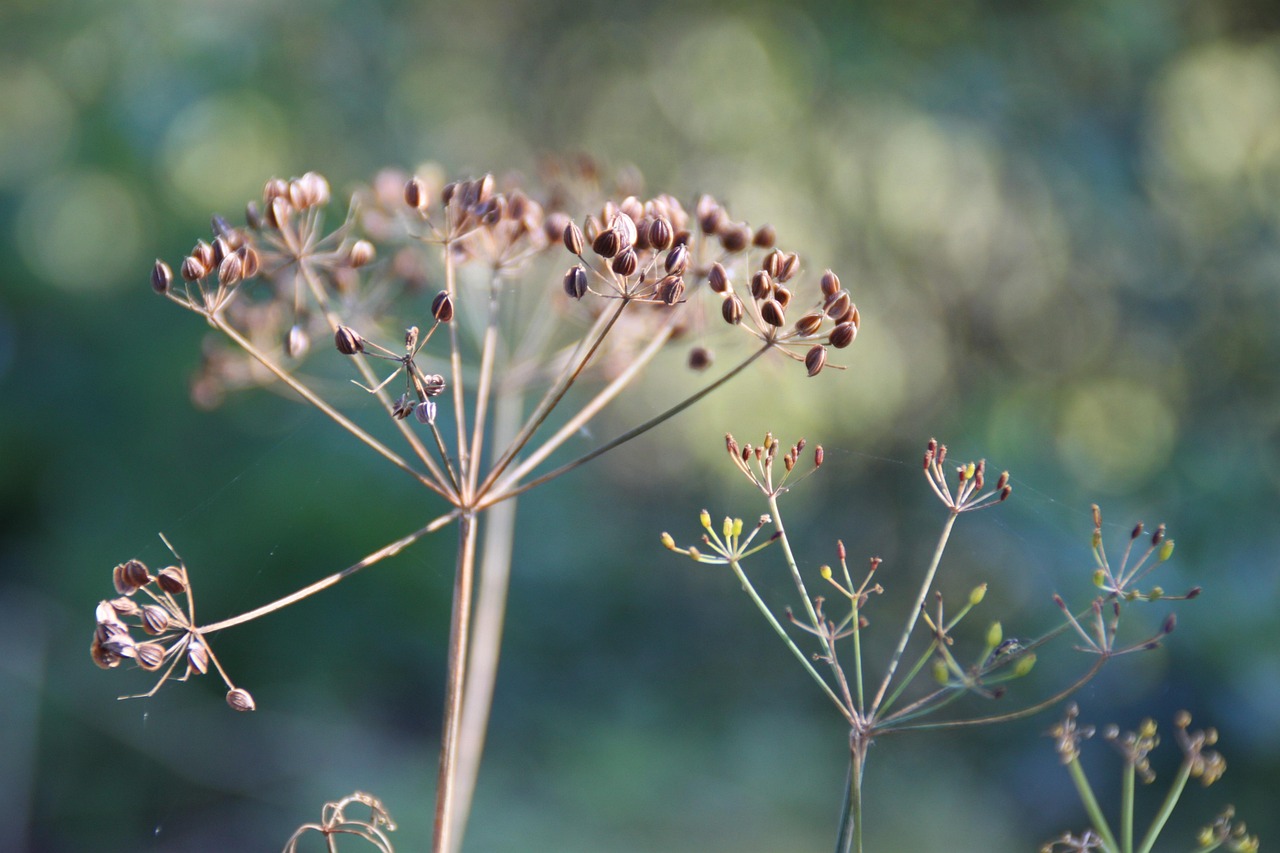
We found the easiest herb plants to bring indoors to either harvest until spring or overwinter and replant are rosemary, parsley, chives, oregano and thyme. For bringing herb plants indoors, first move the plant into a pot if it’s not already in one. When digging the plant from the garden, remove all the soil, trim the roots and trim back the top. Then repot it. Use the same technique for potted herbs. Remove the plant from the pot, remove the soil and trim the roots. Clean the pot well with a 10% bleach solution and repot with fresh potting soil. This will prevent many insects and diseases from coming indoors. You can also douse the tops in a pail of soapy water to remove some pests.
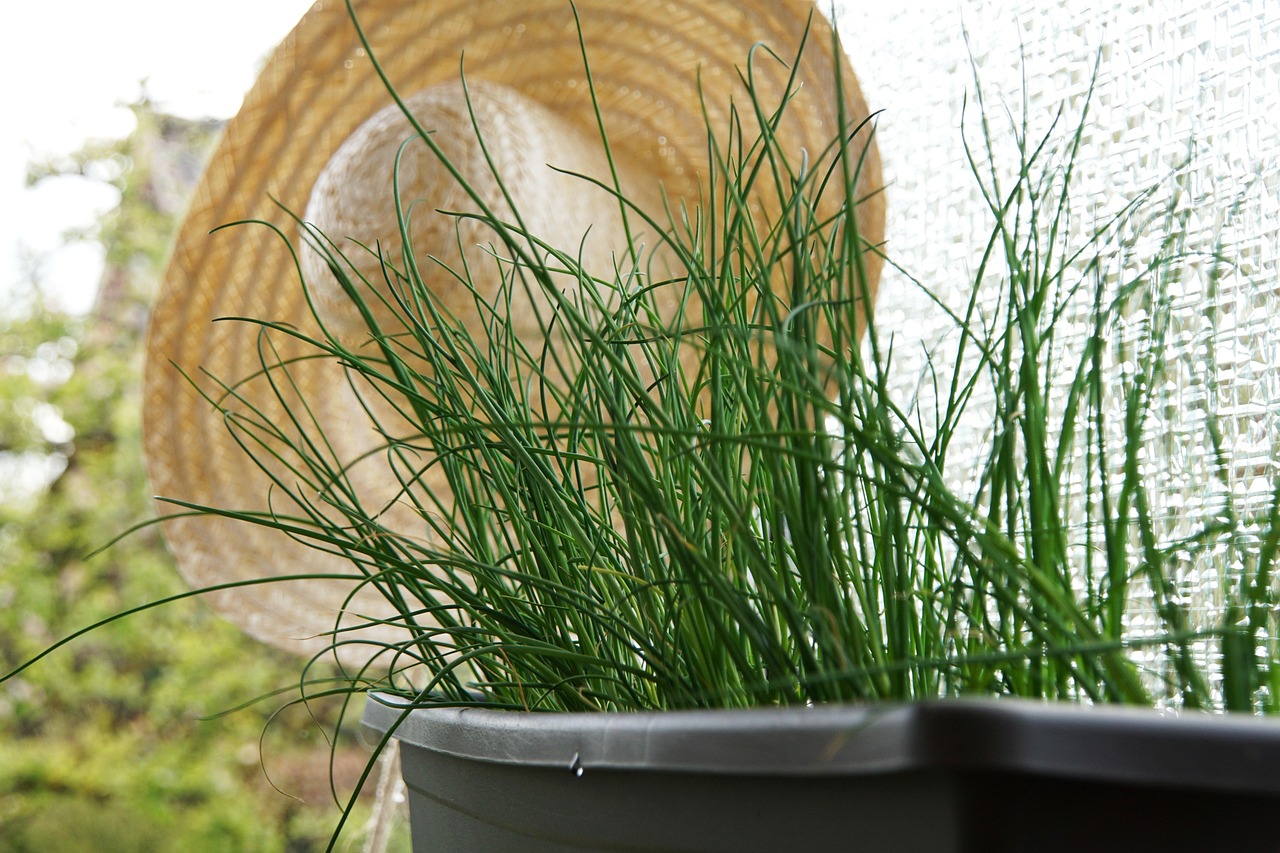
Once indoors and pest free, place the herbs in a full sun location away from cold drafts. Harvest as needed. Many herbs will slow their growth in winter in the Northern climate because of the short days. You can keep them growing with grow lights. By February they will start growing faster. Mediterranean herbs, such as thyme, oregano and rosemary, will overwinter and can be replanted outdoors in spring. Chive is also in this group. Parsley is a biennial and will send up a flower stalk and die in spring.
Keep the soil evenly moist. Mediterranean herbs can be left to dry out a little between waterings, but should not completely dry out. Keep the plants in a well ventilated place.
Learn more about Growing Herbs Indoors here
Learn more about Saving Herb Seeds here
How to Grow: Vines for Fall Leaf Color
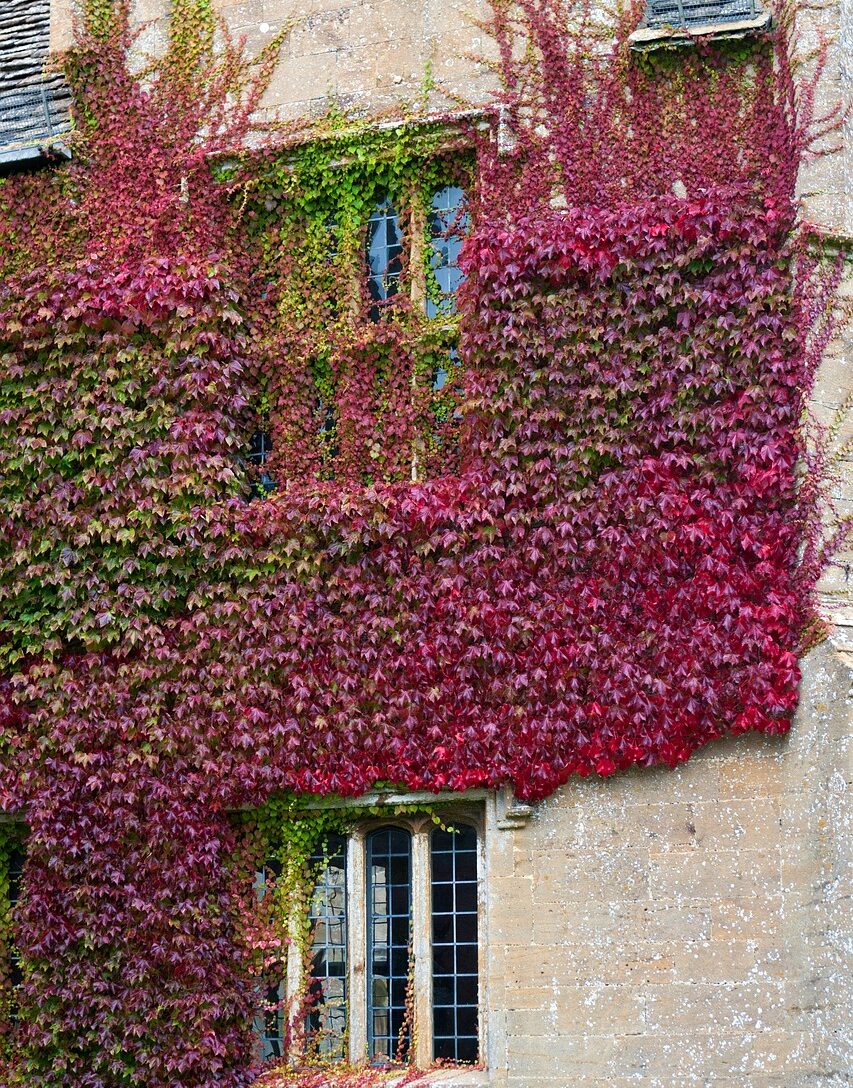
The foliage show that Nature puts on every fall is amazing in our Vermont climate. Even with disease and drought this year, the tree leaves still shine in colors of red, yellow, orange and purple. If you’d like to bring more of that color into your landscape by planting trees and shrubs with great fall foliage color. Go for it! But we also shouldn’t forget vining perennials as well. Woody vining plants can make a dramatic statement on the side of a building, climbing up a pergola or trellis or even growing wild over dead, snag trees. Some of the most amazing fall colors I’ve even seen were from the leaves of vines growing in this fashion.
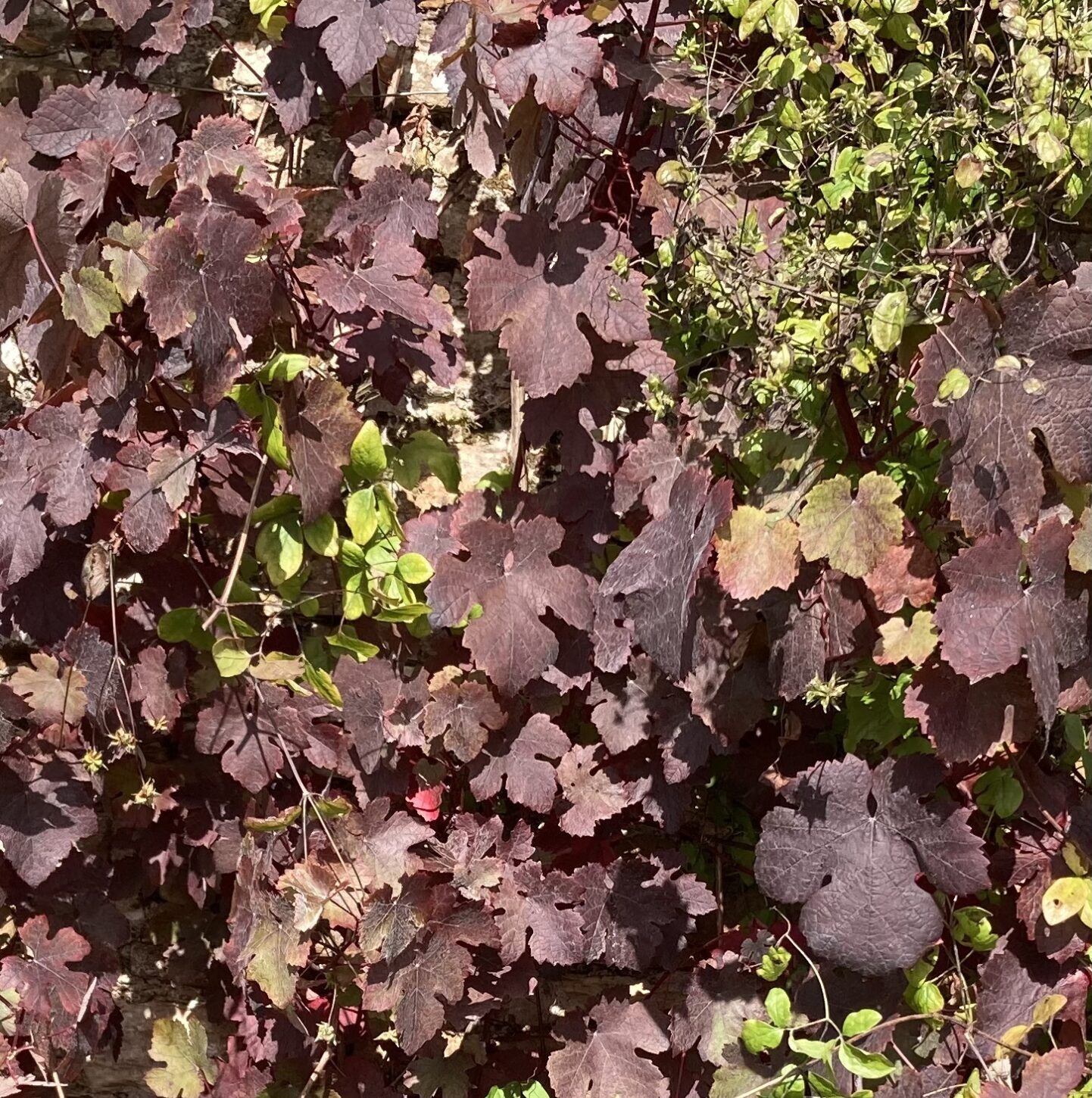
Probably the two, best woody vines for fall leaf color are Virginia Creeper (Parthenocissus quinquefolia) and Boston Ivy (Parthenocissus tricuspidata). These are the classic vines you see on the brick buildings at Ivy league colleges. Virginia creeper is a native vine that produces berries birds love. Boston ivy hails from Asia, but also has the deep red foliage color of Virginia creeper. Both of these vines grow best on stone or brick walls or on buildings, on trellises and pergolas or rambling over dead and snag trees on the forest edge. If grown on wooden siding, leave a space between the siding and a trellis for the vines for air flow. Once they attach to the siding they are hard to remove and the foliage makes for wet, dark conditions where mold and rot can flourish.
Other vines that offer great fall foliage color are grapes and American bittersweet vines. There are varieties of grapes, such as Vitis vinifera ‘Purpurea’, that have purple colored leaves in summer that turn crimson colored in fall. While they produce fruit, they’re mostly grown for their ornamental appearance. Grapes look great on a trellis or in the wild. I saw a beautiful example of this vine in Scotland growing on a stone wall. American bittersweet Celastrus scandens) not only has attractive, orange colored fruits on the vines in fall, but the foliage can also turn a bright yellow color in fall. Until the Oriental bittersweet (Celastrus orbiculatus), the American bittersweet is not invasive.
Read and Listen for more about Virginia Creeper here
Read and Listen for more about Boston Ivy here
In Our Garden: Castles and Gardens of Scotland Tour Photos
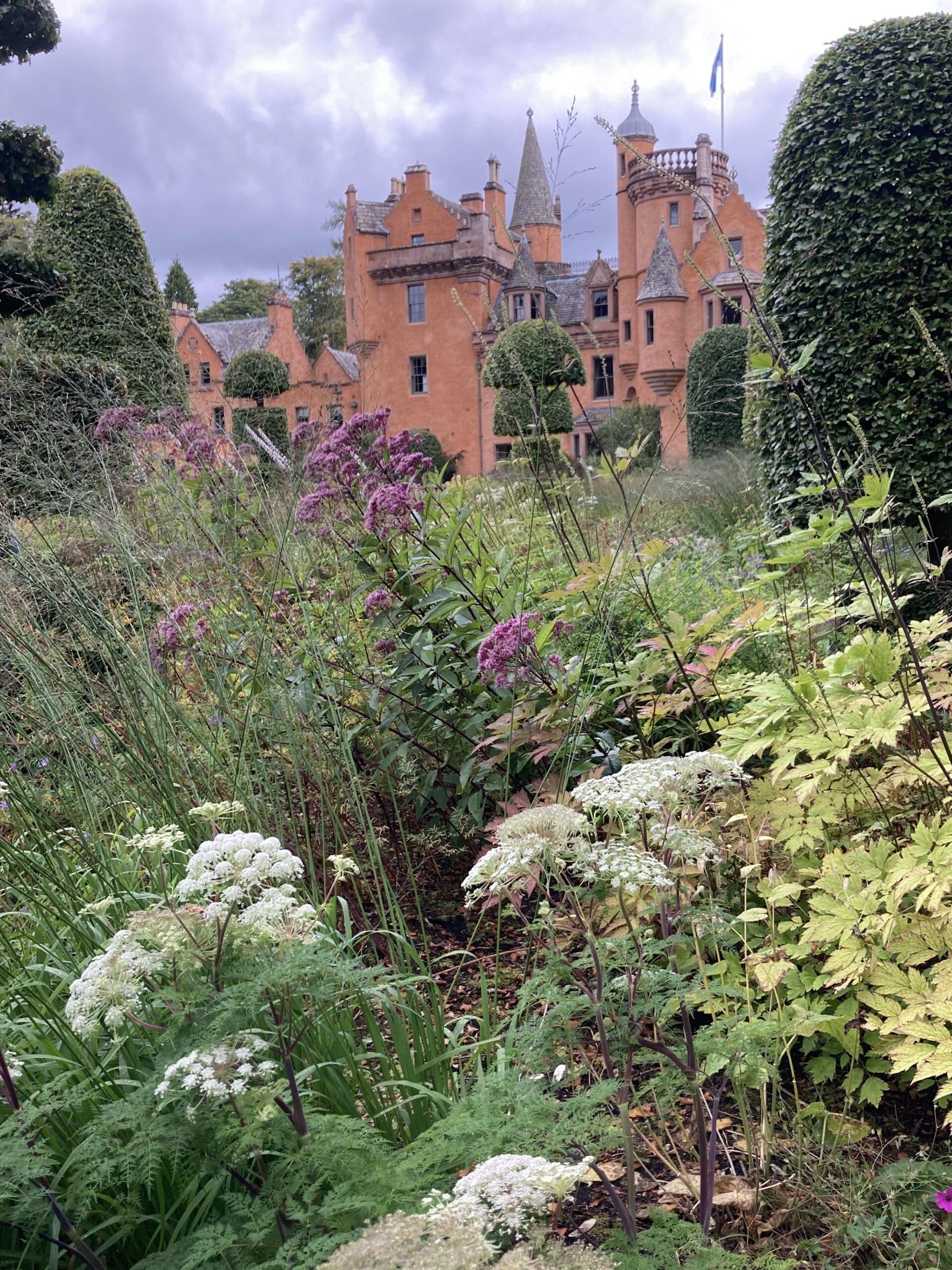
Many of you know I lead garden tours around the globe. This past September we ventured into Scotland. It’s a land of castles, gardens, wind swept hills and friendly, generous people. We started in Edinburgh taking in the cultural sites of the castles and Holyrood Palace, hiking up Arthur’s Seat mountain and enjoying the lively atmosphere along the Royal Mile road. We saw a nice combination of small private gardens and stunning larger estates. Some were featured on the famous Gardener’s World BBC TV program featuring Monty Don. It was great chatting with the garden owners.
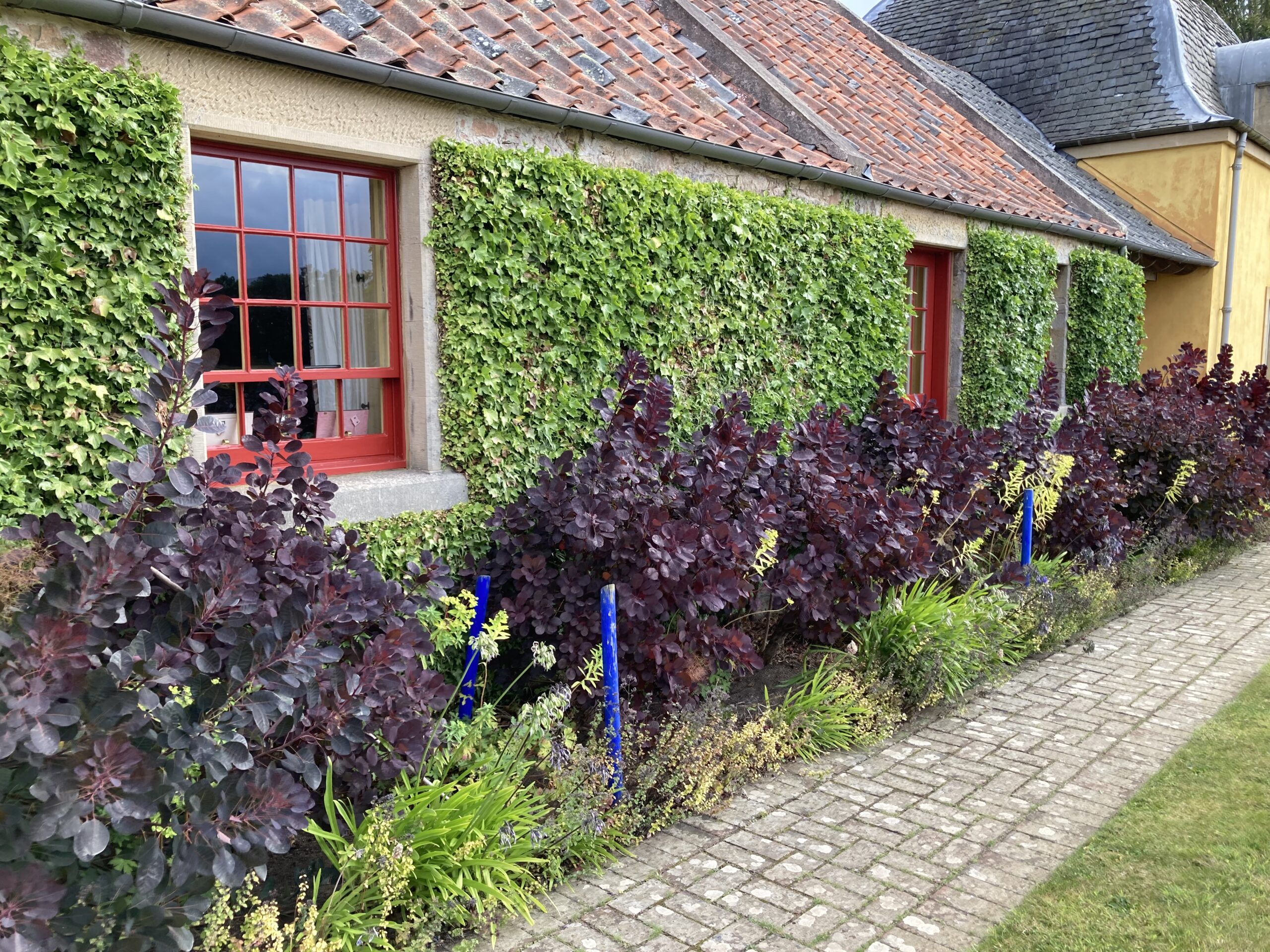
We then headed towards the Highlands stopping in Pitlochry for the Highland Games. It was a fun time watching Scottish dancing and bag pipping competitions, track and field events including the caber and hammer toss and a good, old fashioned tug-of-war. I even jumped into Loch Rannoch for a chilly dip. We then traveled to Inverness in the Highlands. The Highlands have a dramatic landscape, lots of sheep and some unique gardens. Since the Gulf Stream wraps around northern Scotland, the gardens in the north feature subtropical plants. It’s mind blowing. Inverness has a lively traditional music and pub scene and plenty of Scottish dishes and drink. Have fun with my slideshow and hopefully I’ll see you on our next journey.


